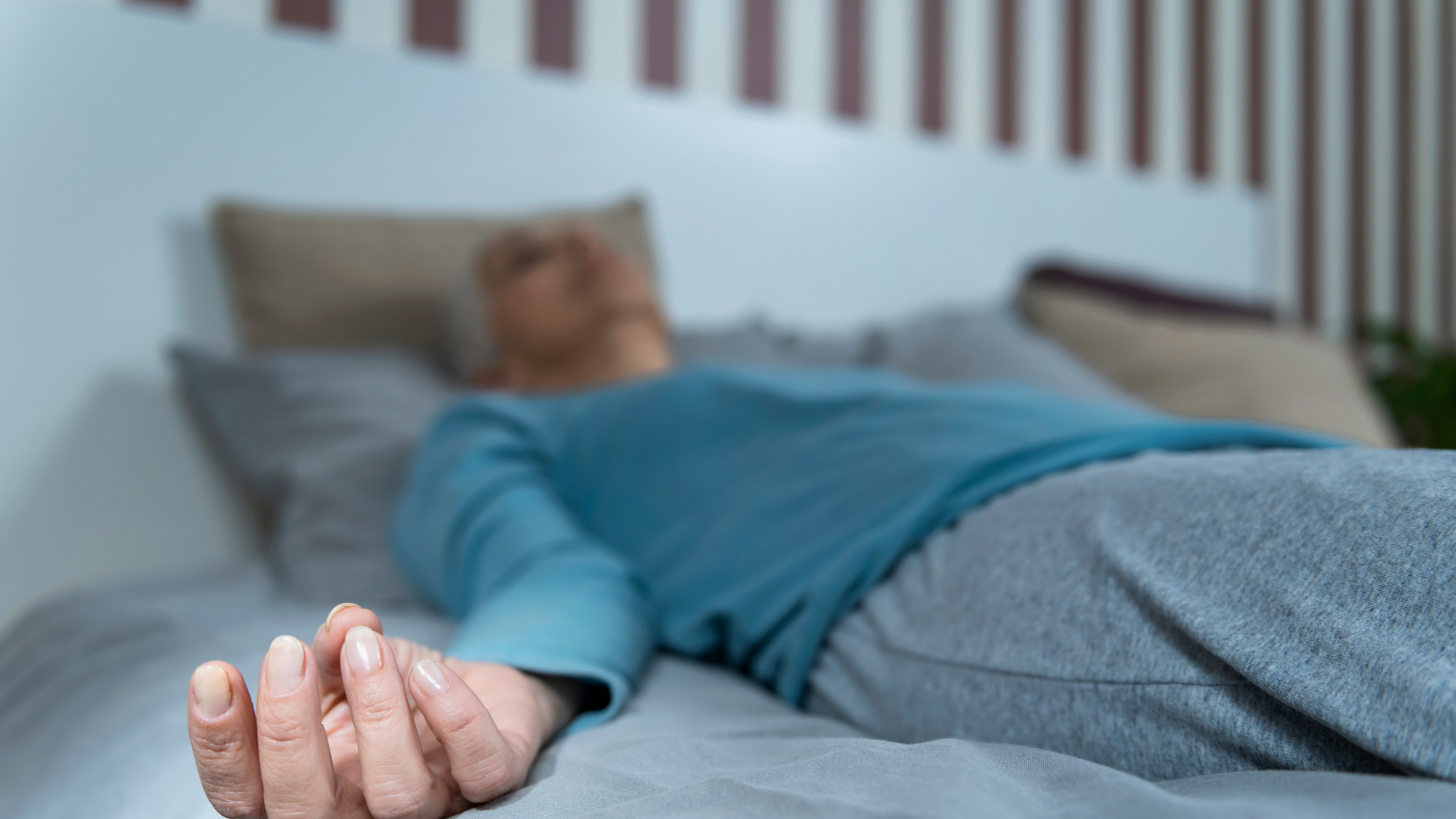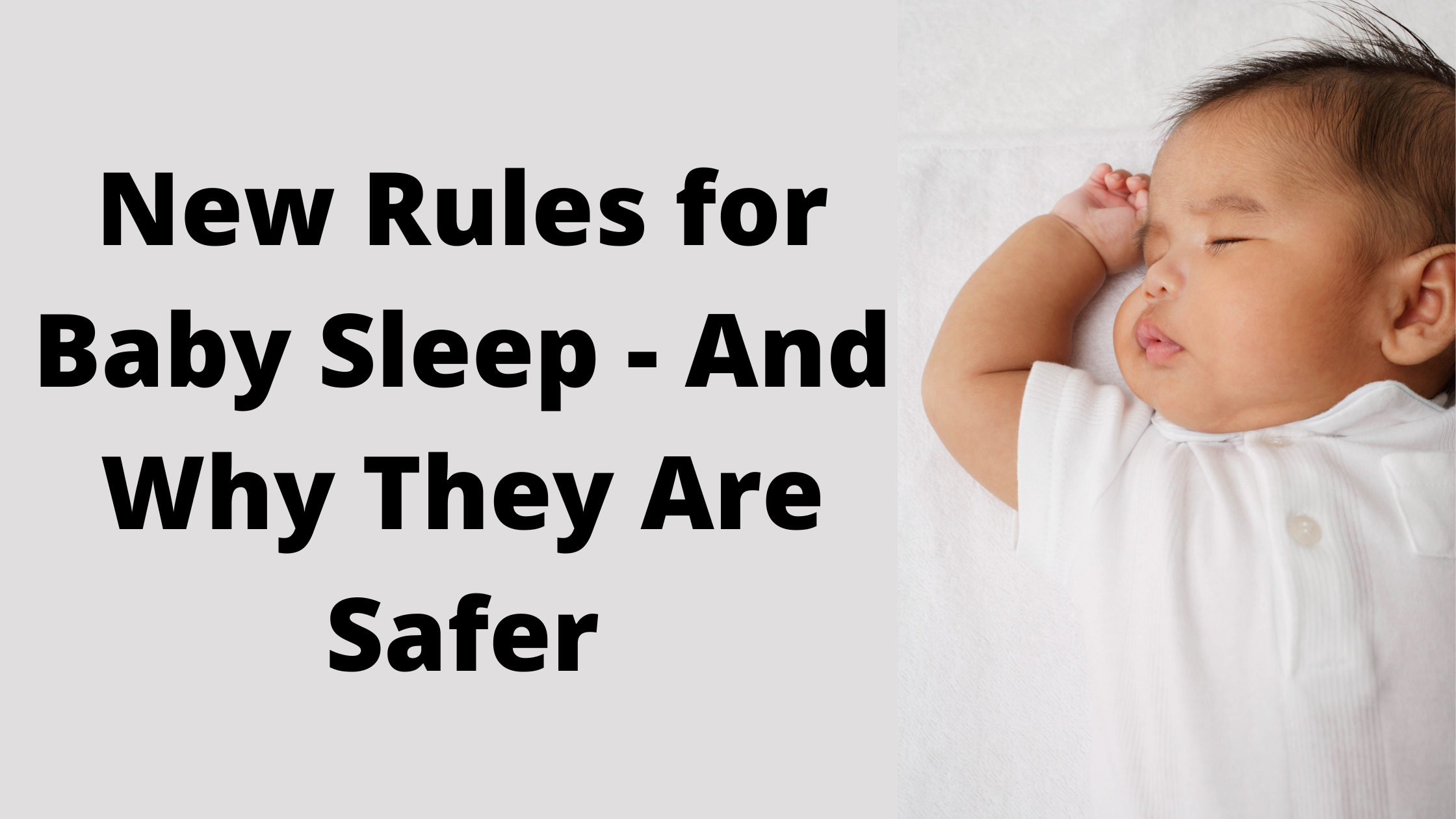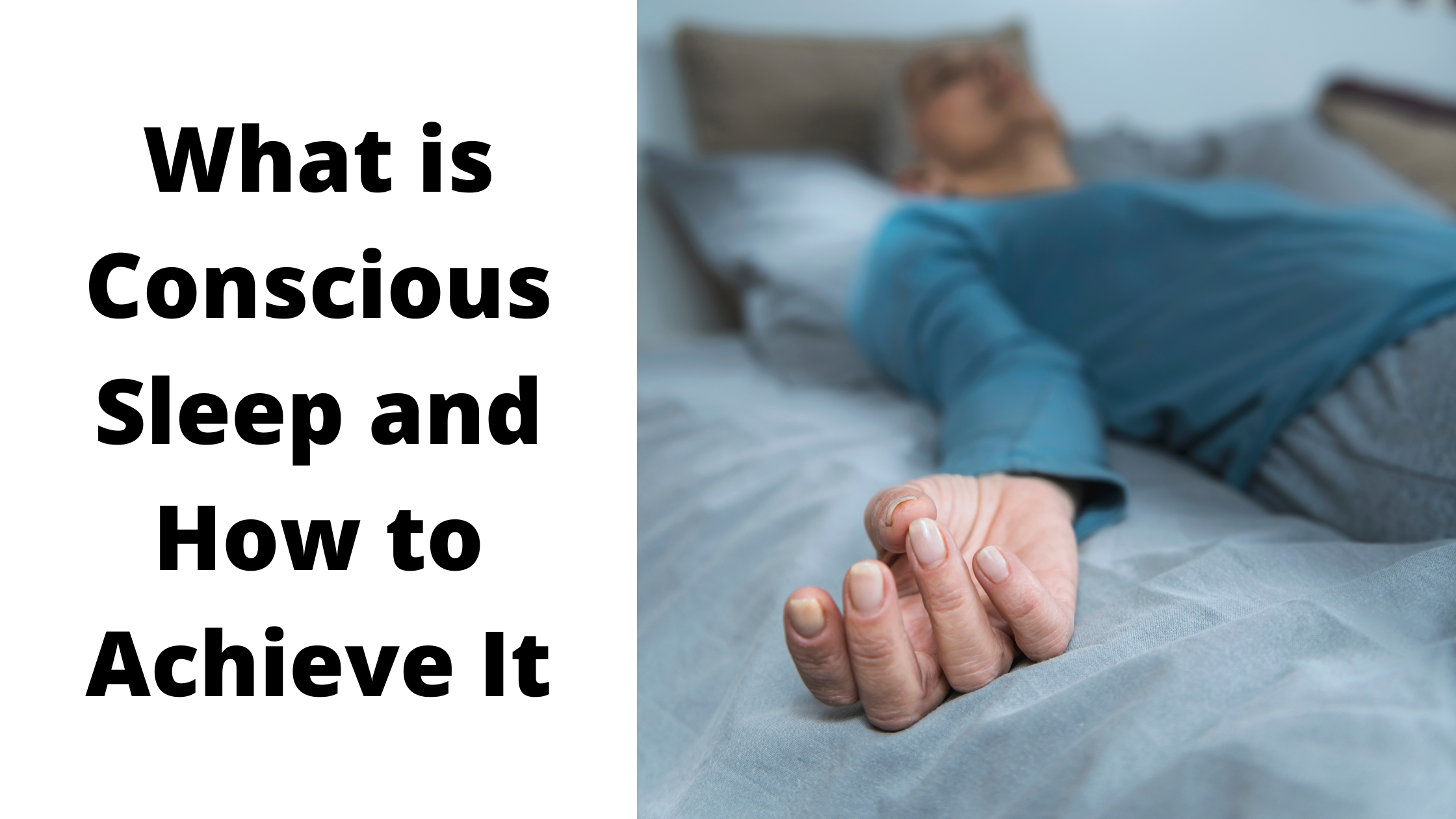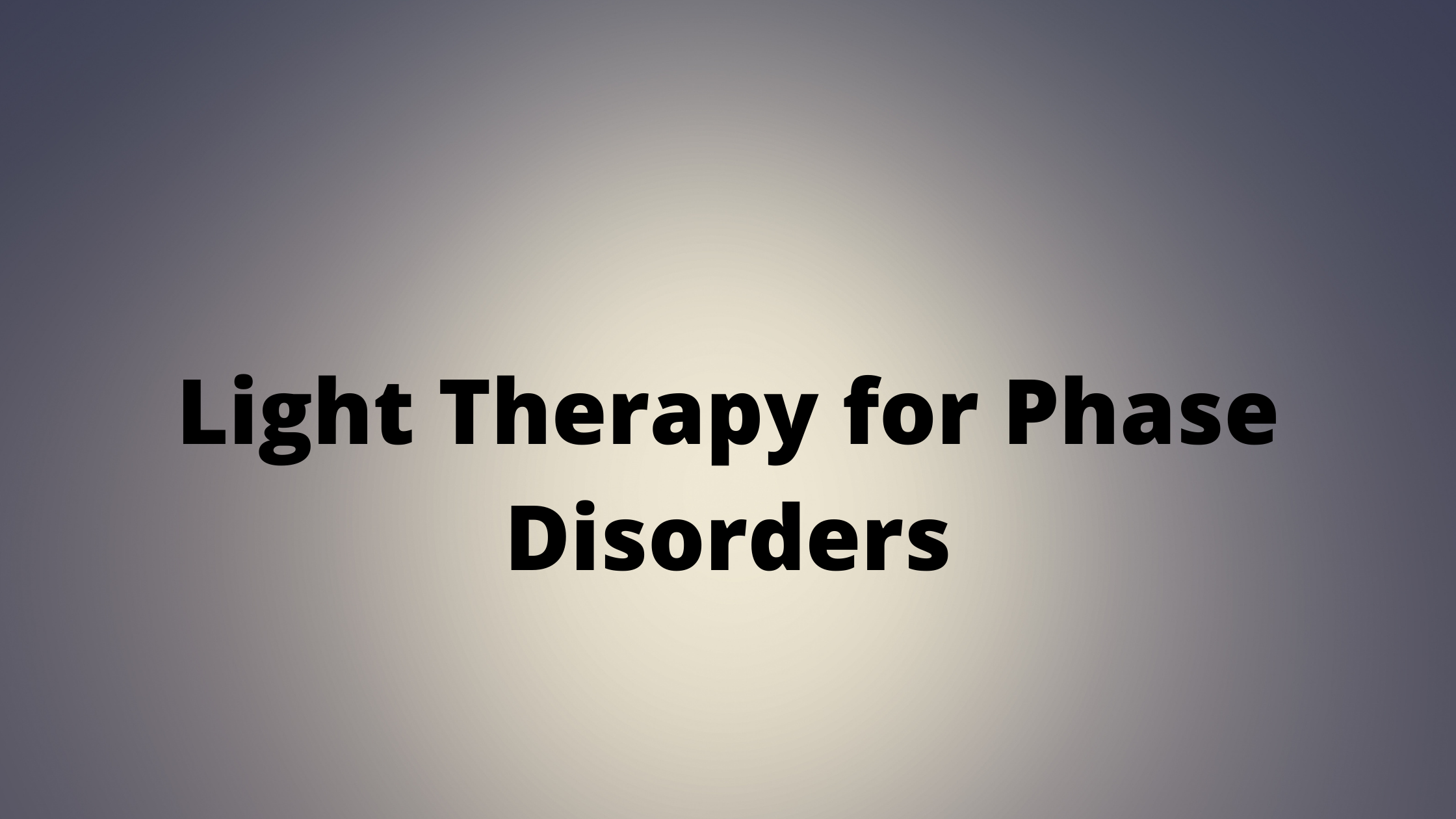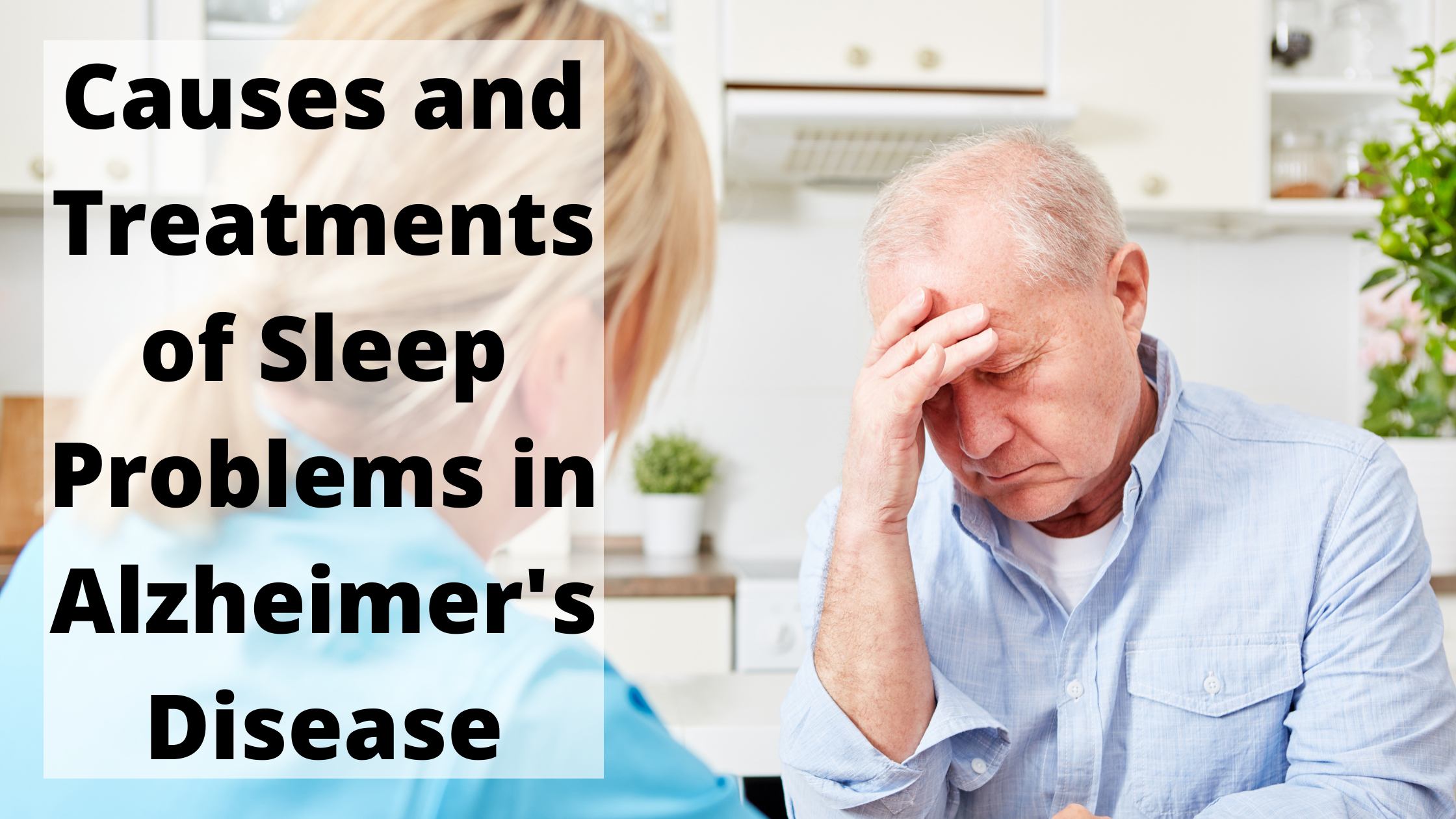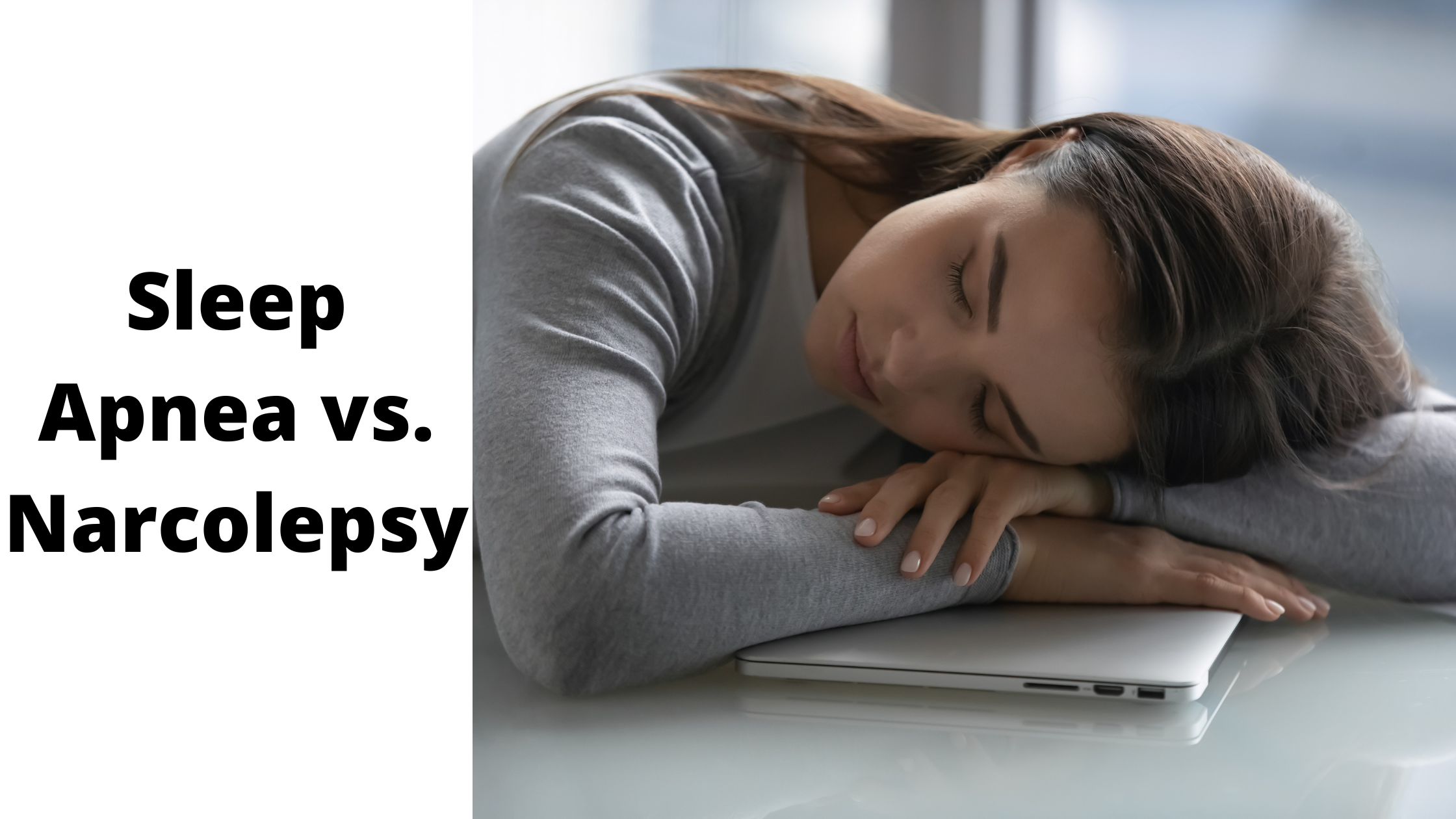In the quest for a restful night's sleep, many seekers have turned to the soothing embrace of meditation. Beyond its well-known benefits for mindfulness and stress reduction, meditation can serve as a powerful aid in preparing both the mind and body for a peaceful slumber. In this guide, we'll explore the world of sleep meditations and delve into the transformative experiences they offer on the journey to Dreamland.
On May 16th, 2021, the current administration signed a new law into act called the Safe Sleep for Babies Act of 2021. This law outlines the production and sale of inclined sleepers and crib bumpers which have been associated with approximately 200 infant deaths in recent decades.
Sleep is one of the hardest thing that parents have to deal with during the newborn period. Parents begin to get almost desperate for anything that can help their babies sleep longer. Inclined sleepers prop babies up at an angle instead of lying flat. Crib bumpers provide cushioning from the hard crib bars. Both have been linked to Sudden Infant Death Syndrome, or SIDS.
This new law only impacts the manufacture and sale of new bumpers and incliners but does not have any impact on the use of these items. This means that populations that may rely on hand-me-down products are still at risk from the issues caused by these products.
This is problematic as lower socioeconomic and certain racial/ethnic groups like American Indian/Alaska Native and non-hispanic Black infants are more likely to die from sudden unexpected infant death syndrome (SUIDS) than non-Hispanic white infants. SUIDS account from unexpected infant-death cases including SIDS, accidental suffocation or strangulation in bed, as well as unknown causes.
When we are asleep, we are very much under the impression that our minds are completely unconscious. This isn't entirely true as many processes are happening while we are asleep. There is learning, memory formation, growth, and healing.
There is also a state of sleep that we can enter called conscious sleep. It's not very common, and achieving it can be quite difficult. But if can offer some benefits if you're able to do it right. Continue reading to find out more information about what conscious sleep is, how to achieve it, and how it can benefit you.
Getting sleep in older age can be complicated by a multitude of factors. One of those factors are movement disorders while sleeping. When you are asleep, your body is essentially paralyzed, especially in rapid eye movement sleep, or dreaming sleep. This is because your body wants to protect itself from potential harm of acting out your dreams.
However, there are certain conditions where this doesn't happen. One of those is called restless leg syndrome (RLS)). Another, which sounds very similar, is periodic limb movement disorder (PLMD). Both of these are very common in the elderly, further exacerbating or complicating any sleep disorders they may already be experiencing. Continue reading to find out the difference between these two disorders.
Our circadian rhythm is the master clock of our bodies. It tells us when to go to sleep, when to wake up, and all of the fluctuations throughout the day of our energy and alertness. This rhythm is determined by light which serves as a crucial determining factor for our schedules.
Biology also plays a role in our circadian rhythms. By nature, we are either early birds or night owls. It is hard to deviate much from this schedule. We are programmed to get tired and be alert at different parts of the day. The circadian rhythm and light help to manage this.
However, as we age, these phases may experience dramatic shifts as our hormones fluctuate. This can cause extreme sleep problems that can lead to excessive daytime sleepiness and insomnia. Continue reading to find out how to best manage these shifts.
Understanding What Melatonin is and How to Use It
The use of melatonin as a sleep aid has increased substantially, especially during the pandemic. With people's daily schedules being thrown off, or thrown out completely, their sleep took a toll. Our bodies are creatures of habit. They like predictable schedules. They thrive on them. When we go to sleep a wildly varying times everyday and wake up whenever, then we actually are throwing off our body's ability to create a consistent schedule to help us get good sleep.
While the rising use of melatonin is certainly unsettling, the most unsettling thing is the fact that we may be using melatonin all wrong. Melatonin is not a little tablet that serves as a fix for everything. It may be an adjunct to an already established sleep schedule. Continue reading to find out some concerns about using melatonin and important considerations.
Teen sleep is increasingly threatened by many factors, however, this time of their life is full of so much growth and learning, that adequate sleep is required for them to fulfill their true potential. As teens age, their circadian rhythm is more geared towards later sleep and wake times. This means they are more inclined to go to sleep at a later time and wake up at a later time.
When school start times are too early and bedtimes are too late, most teens are not getting enough sleep. This can lead to mental health disorders like depression and anxiety. It can also lead to trouble focusing and concentrating in school, as well as mood regulation and memory. All of these are important for developing as a teenage.
Below are some ways to help you get your teen to get more sleep.
Meditation can be a very helpful technique for improving focus, reducing stress and anxiety, and a variety of other benefits. However, it is often harder to do than one may think because of the level of focus that it requires. Therefore, even though it's a helpful practice, it's often not utilized.
An alternative, however, is non-sleep deep rest, or NSDR. NSDR is used by Google CEO, and every since he mentioned it in his interview, many have been wondering what NSDR is, and how to do it. Below is some more insight on what it is and how to practice it yourself.
Sleep quality tends to decline with age, making it very difficult for older adults to fall asleep and stay asleep. However, Pink noise may be just the thing to help these individuals get the sleep they need. Pink noises include sounds like falling rain, a flowing river, crashing waves, or other sounds from nature that cover a wide range of frequencies. It better emphasize lower frequencies, however.
Researchers played pink noise audio through a headband to older adults while they slept, and the study showed that pink nose during deep sleep increased slow waves in the brain for some participants. Continue reading for more information regarding deep sleep for older adults and pink noise.
Excessive daytime sleepiness is a symptoms that probably a majority of adults deal with. Normally it's due to just the lack of time and ability to get the recommended number of hours of sleep. However, sometimes it's due to an underlying sleep disorder. Two common causes of excess daytime sleepiness are sleep apnea and narcolepsy.
Their symptoms and presentations may seem very similar, but it's important to know the difference between them for treatment purposes. Continue reading to find out more about the differences between sleep apnea and narcolepsy.

